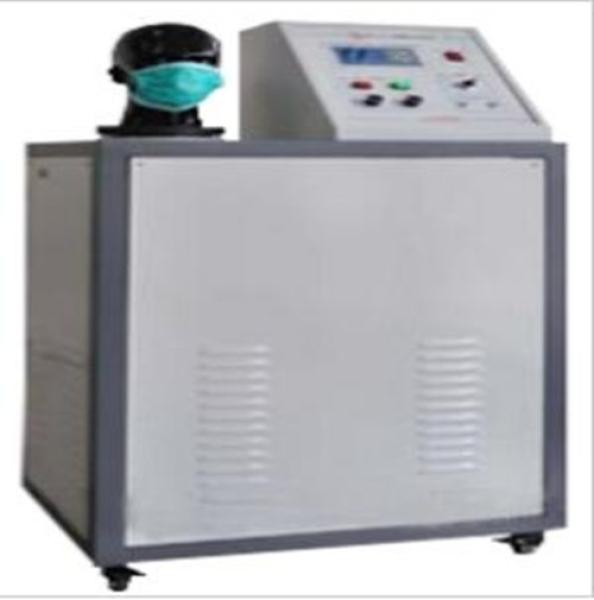Ensuring Precision in Assembly and Manufacturing
As components continue getting smaller and more complex, advanced torque detection methods will become even more critical to manufacturing excellence.
Keywords: Torque detection, small accessory torque, fastening parameters, assembly quality control, precision torque measurement
(Word count: ~650)
Parameter/Small Accessory Torque Detection: Ensuring Precision in Assembly and Manufacturing
Introduction
Have you ever noticed how some screws on electronics feel just right when tightened, while others either feel loose or get stripped? This precision comes from torque detection, especially critical for small accessories and parameters in manufacturing.
What is Torque Detection?
Torque detection measures the rotational force applied during fastening. For small accessories, this ensures:
- Proper assembly without damage
- Consistent product quality
- Long-term reliability
- Safety in critical applications
Why Small Accessory Torque Matters
1. Electronics Manufacturing
- Smartphone screws require precise torque (typically 0.5-1.5 Nm)
- Laptop hinges need exact tightening to prevent loosening
- Circuit board mounts must avoid over-tightening
2. Automotive Components
- Dashboard fasteners need controlled torque
- Sensor mounts require precision tightening
- Mirror adjustments depend on proper torque
3. Medical Devices
- Surgical instrument screws must meet strict torque specs
- Implant components need exact fastening force
- Diagnostic equipment requires repeatable assembly
Torque Detection Methods
1. Manual Torque Tools
- Preset torque screwdrivers for small fasteners
- Click-type wrenches for audible feedback
- Digital torque testers for verification
2. Automated Systems
- Robotic torque arms with force feedback
- In-line torque sensors for production lines
- Smart screwdrivers with data logging
3. Advanced Measurement
- Strain gauge torque sensors
- Optical torque measurement systems
- Ultrasonic bolt tension monitoring
Real-World Applications
1. Consumer Electronics
- Smartwatch band adjustments
- Earbud case hinge torque
- Tablet display mounting
2. Industrial Equipment
- Control panel fasteners
- Sensor mounting bolts
- Pneumatic fittings
3. Aerospace Components
- Avionics box fasteners
- Satellite component assembly
- UAV propeller mounts
Implementation Challenges
- Maintaining accuracy with tiny fasteners
- Accounting for thread friction variations
- Ensuring repeatability across operators
- Detecting subtle torque changes
Best Practices
- Regular tool calibration
- Operator training programs
- Statistical process control
- Automated torque verification
Conclusion
Parameter and small accessory torque detection is essential for product quality and reliability across industries. From the smartphone in your pocket to life-saving medical devices, precise torque control ensures proper function and longevity.




